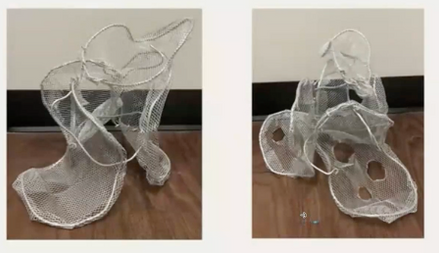
Visualizing Virology
The "Visualizing Virology" program is a dynamic extension of the VI4 Artist-in-Residence Program offered through the Vanderbilt Center for Antibody Therapy, specifically designed to engage artists and scientists in the captivating intersection of art, science, and immunology. Through this program, students are offered a unique opportunity to work alongside Briony Marshall, the first artist-in-residence for the program, exploring the visual-spatial skills artists and scientists utilize and developing their artwork inspired by the cutting-edge science of vaccines. In particular, this program explores the power of the human immune system to foster a unique dialogue between artistic creativity and scientific inquiry. This program aims to bring renewed and sustained attention before the next pandemic.
______________________________________________________________________
Over the course of ten weeks in the Fall of 2024, three Vanderbilt students explored the intersection of art and science through an immersive collaboration with scientists from the Crowe Lab. The students engaged in deep conversations about the role of art in science and society, gained insight into cutting-edge immunology research, and created original 3D artworks inspired by these dialogues.
The program unfolded in three phases: “Thinking in 3D,” “Process,” and “Intentions.”
In the first phase, students reflected on the role of sculpture and dimensionality in communicating scientific ideas. They interacted with scientists to examine 3D models of antibody structures and experimented with 3D printing technologies to better understand the form and function of these biological molecules.
During the “Process” phase, students began abstracting their ideas, drawing from both their scientific conversations and personal perspectives. Through a fast-paced ideation activity known as "Crazy Eights," they generated a range of structural sketches, which served as a springboard for more focused explorations. As their ideas evolved, they began crafting narratives to accompany their works—sharing not just what they made, but why they made it.
In the final phase, students refined and completed their pieces. Their goal wasn’t simply to represent science, but to evoke wonder—inviting others to engage with complex scientific concepts through the lens of curiosity and creativity. These works became playful, thoughtful reflections on both structure and meaning—where molecules meet imagination.





